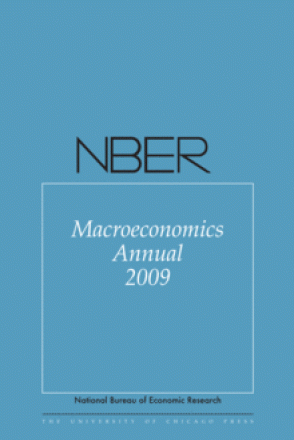Letting Different Views about Business Cycles Compete

You may be able to download this chapter for free via the Document Object Identifier.
There are several candidate explanations for macro fluctuations. Two of the most commonly discussed sources are surprise changes in disembodied technology and monetary innovations. Another popular explanation is found under the heading of a preference or, more generally, a demand shock. More recently, two other explanations have been advocated: surprise changes in investment-specific technology and news about future technology growth. The aim of this paper is to provide a quantitative assessment of the relative merits of all these explanations by adopting a framework that allows them to compete. In particular, we propose a cointegrated structural vector autoregressive approach that encompasses all five shocks and thereby offers a coherent evaluation of the dynamics they induce as well as their contribution to macro volatility. Our main finding is that surprise changes in technology, whether of the disembodied or the embodied nature, account for very little fluctuation. In contrast, expected changes in technology appear to be an important force, with preference/demand shocks and monetary shocks also playing nonnegligible roles.


